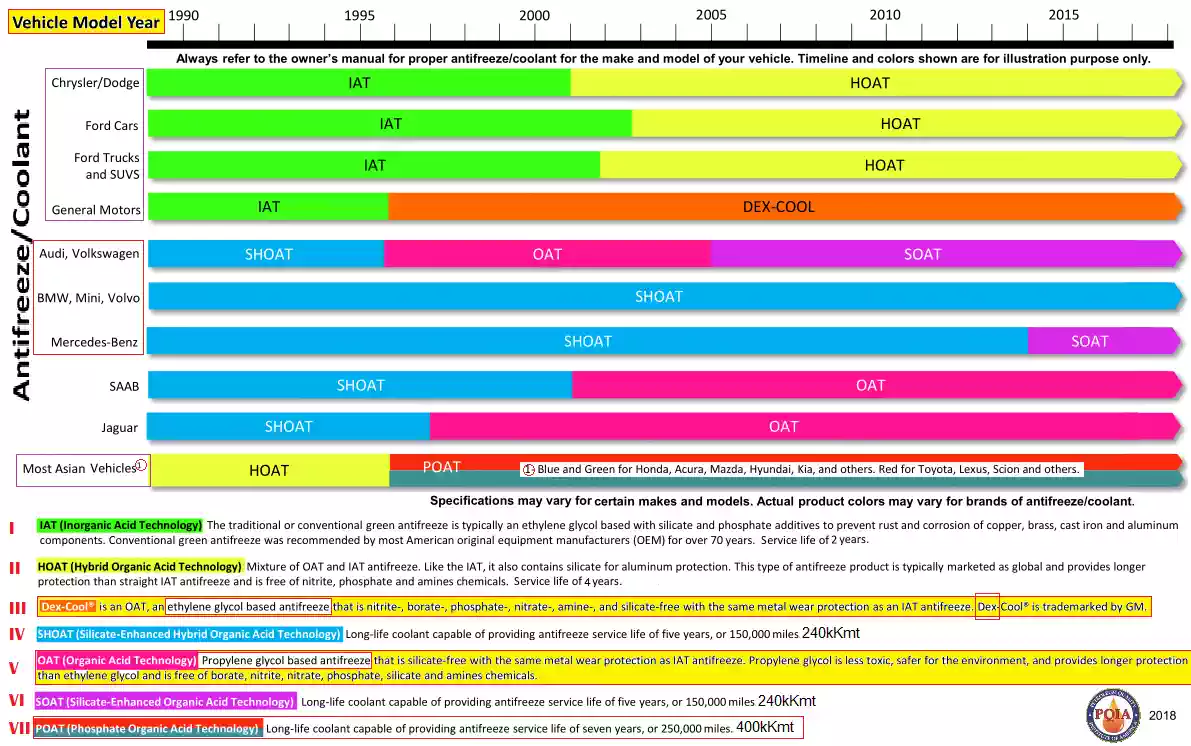How often should vehicles engine coolant be changed?
Understanding Car Engine Coolant: Essential Knowledge for Every Car Owner
When it comes to maintaining your vehicle, one of the most critical components often overlooked is car engine coolant. This vital fluid not only keeps your engine at the right temperature, but it also plays a significant role in preventing corrosion and prolonging the life of your car. In this comprehensive guide, we delve into the importance of car coolant, the different types available, how to maintain it, and best practices for disposal.
What is Vehicle Engine Coolant?
Car coolant, also known as antifreeze mixed with distilled water, is primarily a glycol-based fluid designed to regulate your engine's temperature. It works by absorbing heat from the engine and dissipating it through the radiator. In cold climates, it prevents the fluid from freezing, ensuring that your car operates smoothly year-round. Not only does it facilitate optimal engine performance, but coolant also helps reduce engine rust and corrosion, protecting critical components including the vehicles heater for the long haul.
Types and Colors of Engine Coolants
Understanding the different types of coolant available is crucial for optimal vehicle performance. It's essential to select the right one for your car, as using the wrong type can lead to severe engine damage. Here are the three main types of coolant:
- Inorganic Acid Technology (IAT) Coolant: This traditional usually green coolant, generally contains silicates and phosphates, providing excellent corrosion protection. However, its lifespan is shorter, usually requiring replacement every 2-3 years or 50,000 kilometers.
- Organic Acid Technology (OAT) Coolant: OAT coolants are formulated without silicates and phosphates and come in many vehicle specific colors allowing for longer service intervals—typically around 4 to 6 years or 160,000 kilometers. They offer superior protection against corrosion and are commonly used in modern vehicles.
- Hybrid Organic Acid Technology (HOAT) Coolant: A blend of IAT and OAT coolants usually yellow in colour, HOAT provides the benefits of both formulations. This type is known for its versatility and is suitable for a wide range of vehicles. It lasts for about 4 years.

Importance of Monitoring Coolant Levels
Regularly monitoring your coolant levels is essential for preventing overheating and ensuring the longevity of your engine. A simple visual inspection of the coolant reservoir can help you identify any potential leaks or signs of contamination. Always consult your vehicle’s owner manual for the recommended coolant type and maintenance intervals.
Tips for Checking Your Coolant
- Check Levels Regularly: Inspect coolant levels at least once a month, especially before long trips or during extreme weather conditions. Caution- If you are going to be removing the radiator cap or coolant bottle cap always do so with the engine cold to avoid severely getting burnt!
- Look for Contaminants: Check for any unusual colors or debris in the coolant, which may indicate leaks or the need for a flush.
- Monitor Temperature Gauges: Pay attention to your car’s temperature gauge. If it consistently runs hot or fluctuates abnormally, it might be time to inspect the coolant system. Also listen for strange new gurgling sounds coming from the heater or dash area.
Adding, Flushing, and Replacing Coolant Safely
Proper maintenance of your engine coolant is paramount. Here’s how to safely add, flush, or replace your coolant:
- Adding Coolant: When adding coolant, ensure the engine is cool and the vehicle is parked on a level surface. Use a funnel to pour coolant into the reservoir, avoiding spillage.
- Flushing the System: Flushing the coolant system every two to six years (depending on your specific anti-freeze type) can help remove buildup and deposits. Follow manufacturer guidelines for this process or consult a professional mechanic.
- Replacing Coolant: Always follow the recommended intervals for replacing your coolant. Using the approved type for your vehicle is crucial to avoid engine damage.
Proper Disposal of Coolant
After you’ve replaced your coolant, it’s essential to dispose of the old fluid responsibly to prevent environmental harm. Car engine coolant is toxic and can be dangerous to pets and wildlife if not handled properly. Contact your local waste management services to find out about recycling programs or take it to an auto parts store that provides disposal services. Here in Fredericton, you can contact the Capital Region Service Commission at 506-453-9930 Located at 1775 Alison Blvd, Fredericton, NB E3C 2M2
Conclusion
Car engine coolant plays an integral role in maintaining not only the temperature of your engine but also its longevity and efficiency. By understanding the types of coolant, keeping an eye on levels, and following proper maintenance procedures, you can ensure your vehicle runs smoothly for years to come. Always remember that when in doubt, consulting a professional mechanic or your vehicle's owner manual is the best course of action.
For more detailed information about car coolant, check out the Petroleum Quality Institute.
